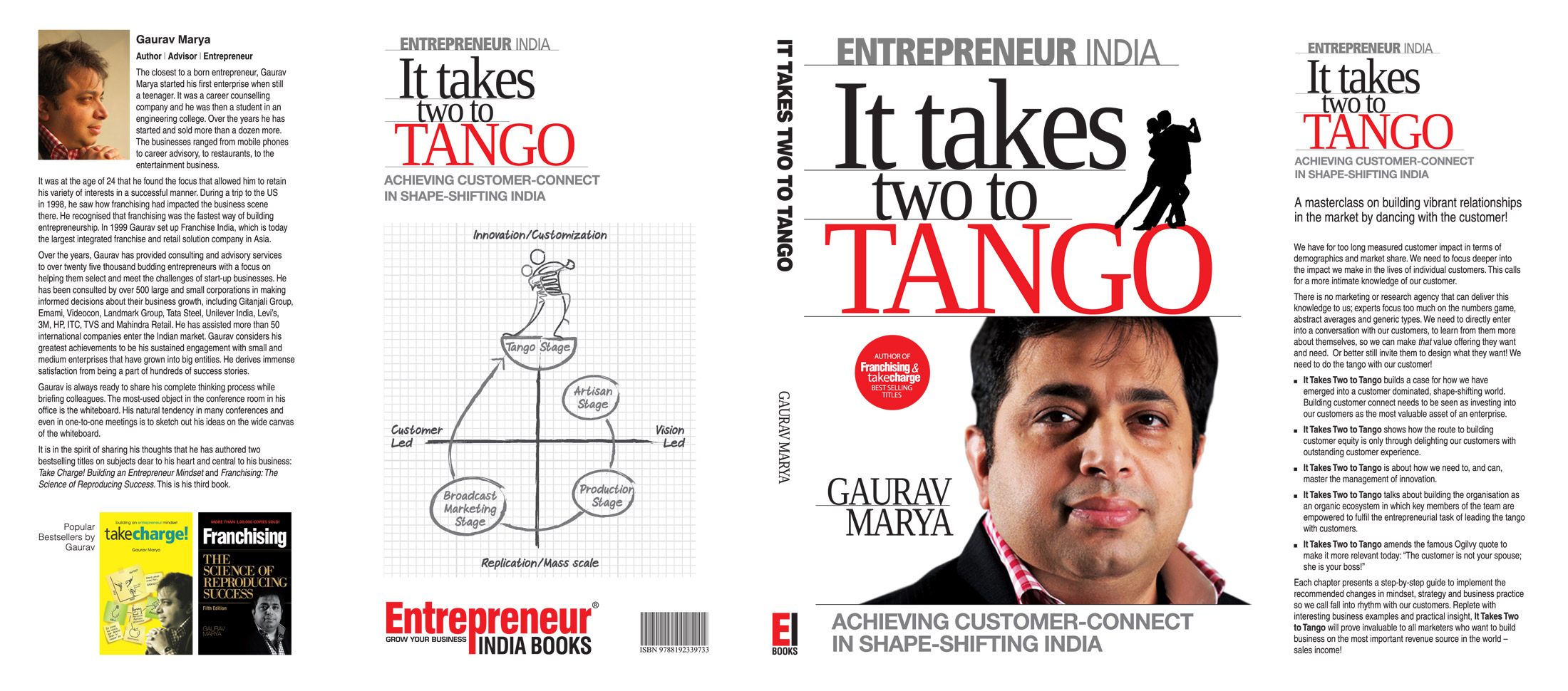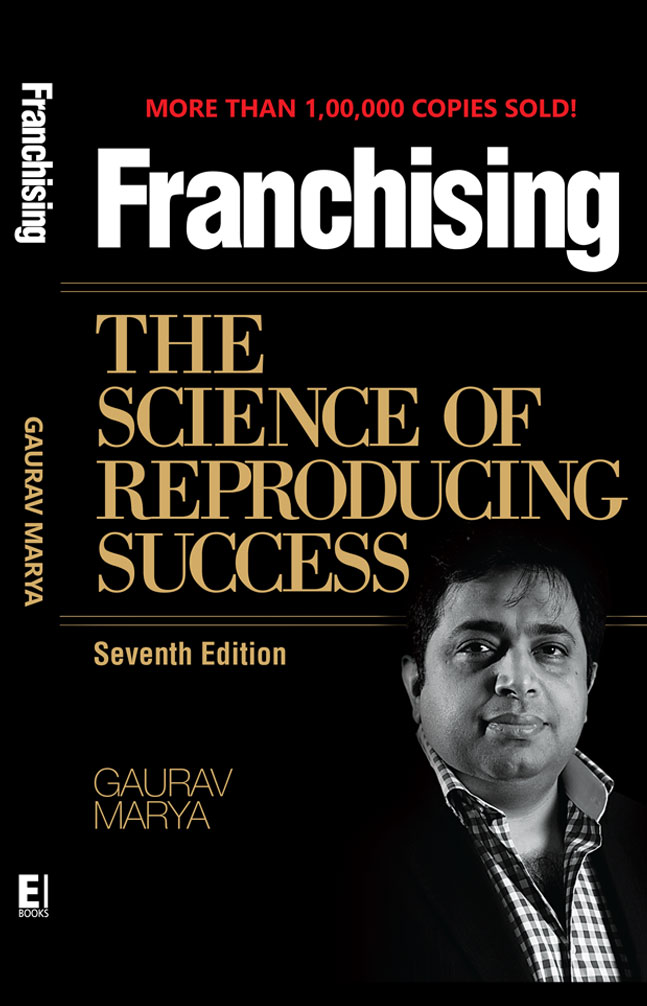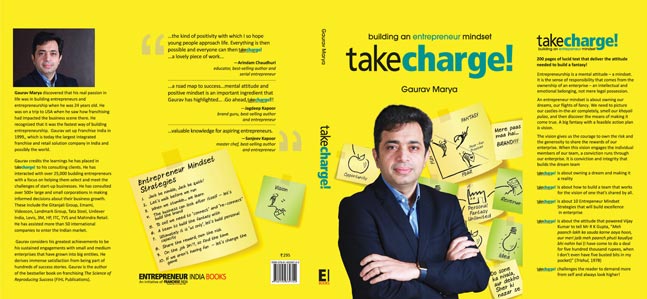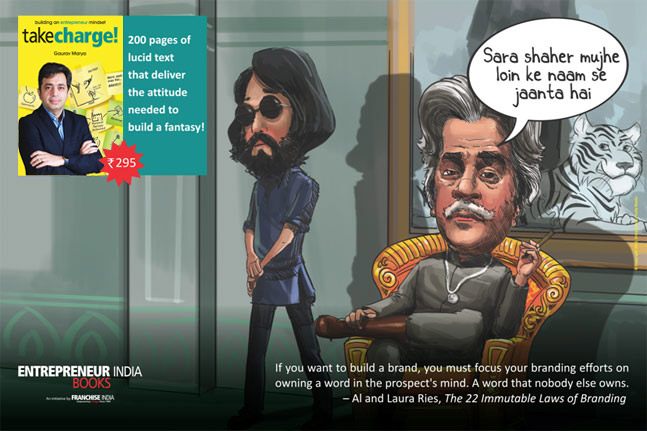Synopsis
"THE CUSTOMER IS NOT YOUR SPOUSE; SHE IS YOUR BOSS!"
A masterclass on building vibrant relationships in the market by dancing with the customer!
We have for too long measured customer impact in terms of demographics and market share. We now need to focus deeper into the impact we make in the lives of individual customers. This calls for a more intimate knowledge of our customer.
There is no marketing or research agency that can deliver this knowledge to us, as experts focus too much on the numbers game, abstract averages and generic types. We need to directly enter into a conversation with our customers, to learn from them more about themselves, so we can make that value offering they want and need. Or better still invite them to design what they want! We need to do the tango with our customer!
- It Takes Two to Tango builds a case for how we have emerged into a customer dominated, shape-shifting world. Building customer connect needs to be seen as investing into our customers as the most valuable asset of an enterprise.
- It Takes Two to Tango shows how the route to building customer equity is only through delighting our customers with outstanding customer experience.
- It Takes Two to Tango is about how we need to, and can, master the management of innovation.
- It Takes Two to Tango talks about building the organisation as an organic ecosystem in which key members of the team are empowered to fulfil the entrepreneurial task of leading the tango with customers.
- It Takes Two to Tango amends the famous Ogilvy quote to make it more relevant today: “The customer is not your spouse; she is your boss!”
Each chapter presents a step-by-step guide to implement the recommended changes in mindset, strategy and business practice so we call fall into rhythm with our customers. Replete with interesting business examples and practical insight, It Takes Two to Tango will prove invaluable to all marketers who want to build business on the most important revenue source in the world – sales income!
Contents
Chapter 1 : SHIFT HAPPENS
Welcome To The Shape-Shifting World Of Customer Domination
Chapter 2: BUILDING CUSTOMER EQUITY
Establishing Connect In A Customer-Dominated World
Chapter 3: THE IMPORTANCE OF WOW!
Creating And Delivering Outstanding Customer Experience
Chapter 4: THE IMPORTANCE OF INNOVATION
Replication Is Passé And Innovation Has To Be Managed
Chapter 5: BUILDING THE TANGO TEAM
Resilient Organic Networks Built On Command Structures
Chapter 6: SHIFT OWNERSHIP
How To Make Customers Dance
Excerpt
CHAPTER 1 - SHIFT HAPPENS
WELCOME TO THE SHAPE-SHIFTING WORLD OF CUSTOMER DOMINATION
The past is a foreign country: they do things differently there.
– Leslie Poles Hartley (1895-1972) a British novelist and short story writer
In the 21st century, somebody or something has changed the rules about how our world works.
– Eddie Obeng, British educator, author and motivational speaker
I work with a leading Indian fashion retail brand as a retail and franchise consultant. Not so long ago, my team and I woke up to find the magic of our stores suddenly fading.
Our early success had emboldened us into pushing for growth, and everything had been steaming along fine. The service, ambience, new product launches … were all being executed and maintained well. But then suddenly the footfall reduced and the cash registers no longer rang as loudly and as frequently as they did before.
The reason was outside our control. The leading European fashion retail brand Zara had opened an outlet in town.
We have all heard this puzzle: How do you shorten a line without touching it? The answer is simple: Draw a longer line next to it. That was what had happened to my client when I was looking out for their best interests.
More than two decades after economic liberalisation, India had changed. The high growth rates had increased the income levels and as the economy grew, the great Indian middle class came into its own. Today, India is on the verge of emerging as one of the largest consumer markets of the world. It is also amongst the few markets showing high growth. Many international brands have entered this market, and now the world is on the lookout for a profitable way to enter.
To what extent are we, as marketers who serve the Indian customer, able to understand what is happening around us? Are we still connected with the customer we want to serve?
Shift Happens
Go to your favourite search engine on the Internet and type out the words “Shift Happens”. Amongst the first five items will be a presentation with the same title. Watch it. The moment I first saw it I liked it. It was this that inspired the foundation of this book. Let me tell you the story behind this presentation.
In 2006, Karl Fisch, a schoolteacher in the United States, was invited by his school administration to address the beginning-of-the-year faculty meeting. He decided to take the help of a friend and prepared a presentation that confronted his colleagues with dramatic, thought-provoking facts. A copy of the slideshow was placed on Karl Fisch’s blog on August 15, 2006, and it went viral.
By June 2007, five million people across the globe had seen an improved version of the original slideshow. Over the years, many versions of the audio-visual have been made. David S. Rose, who is the Chair for Finance and Entrepreneurship at Singularity University, and is also the Chairman of the New York Angels investment association, did version 6.0 in January 2012. By this time, more than 20 million people had viewed one or the other edition of the presentation.
The structure of the AV is very simple. It starts with a simple question: “Did you know?” And then it presents facts based on a theme. This structure is repeated across various themes. In the original slideshow, though, the first part pertained specifically to Karl’s school, it has been removed from the versions available on the Internet.
One of the themes dealt with is changing world demographics. The case is made that in the foreseeable future, a majority of educated English-speaking population in the world will be from India and China.
Looking back on history, we are reminded that the leading country in the world in 1900s was the United Kingdom. The implication is that USA need not always be the leading economy or paramount nation. The inference that viewers draw is that soon Asia, led by China and India, will be the centre of the economic world.
The message is reinforced by facts showing that the US is lagging behind other countries in Internet penetration. This is a significant point as world-over the Internet users are growing to become communities larger than most nations. With 800 million accounts in December 2011, a nation of Facebook community is now the world’s third-largest country.
Technological change is making the twenty-first-century world witness exponential change. The first text message was sent in December 1992; the number of text messages sent and received today exceeds the population of the planet. The years it took to reach a market audience of 50 million in the era of radio was 38 years, for TV – 13 years, for the Internet – 4 years, for the iPod – 3 years, for Facebook – 2 years and for Google+ – just a year!
The conclusion of Karl Fisch’s message is a simple yet profound one. He takes the American slang version of the philosophical French phrase c'est la vie! (Such is life), which is “sh_t happens!” and adds an “f” to it, saying: “Shift Happens”.














